As a property investment adviser, there is one common behavioural trait I often see buyers exhibit when markets turn a bit bear-market, (in other words, when markets favour buyers more than sellers).
Many buyers suddenly develop a sharp sense of a quest to buy a bargain.
After all, markets have softened, vendors must be desperate, and they legitimise their own willingness to purchase an asset by promising themselves they’ll only buy a bargain.
This quest can be quite costly, particularly for investors though.
Take this scenario as a good example of a bargain-buyer scenario;
The buyer has a $1.2M budget for a high-performing, capital growth-centric property. They could identify an A-grade, high-scoring property that offers all of the precious attributes required for a great long term result. Some of these attributes would be;
- Attractive street near to high-amenity things such as shops and public transport
- Good orientation and floor plan, (ie. ‘good’ really means that northerly light aspect is captured), and ‘ideal’ means that the backyard faces due north). A good floor plan is one that doesn’t require substantial reconfiguration, swapping of wet ares with bedrooms/living areas, or removal/rebuild of large sections
- Quiet surrounds. Close proximity to noise will always erode the points on the scorecard. Noise can come from busy roads, train lines, schools, fire stations, and so on
- Desirable vista. Whether it’s a tree-lined street with pretty facades of adjacent houses, or a mountain/beach, lake vista, a nice outlook counts for a lot. Undesirable vistas also erode scorecard points.
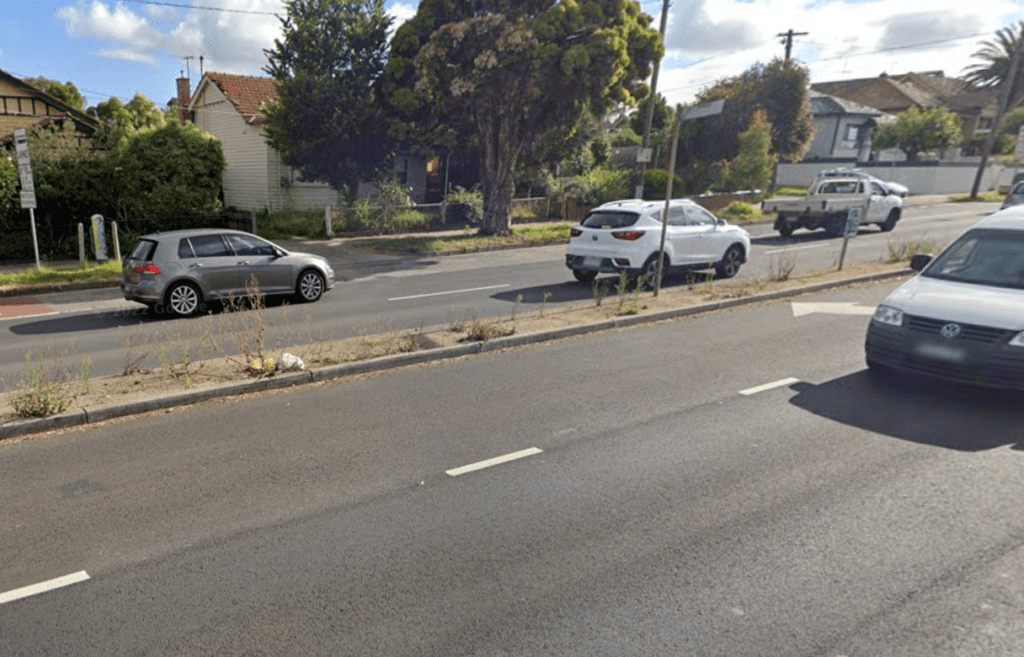
The purchaser will be able to find an A-grade property, but they will need to be prepared to pay a competitive price because other scrupulous buyers who recognise a high-scoring property will also choose to fight it out.
It often comes as a surprise that high-quality property holds firm in a down-market.
In this scenario, the bargain-quest buyer resists paying a competitive price for a quality property because they want the elusive bargain that rewards them for taking the plunge in a down-market.
Instead of targeting the $1.2M asset and prepping for competition, they circle a reduced budget and aim to find a property at a discounted price. They may target a property that has been on the market for some time, with price reductions showing, or vendor desperation signalled.
Unfortunately for many, the bargain property they ultimately purchase has some negative attributes that can’t be changed. Some of these compromises may include busy roads, challenging floor plans, south-facing orientation, or unattractive vistas.
Let’s assume it’s only a slight compromise and the long-term growth of the property is still at a reasonable level. In fact, for the purposes of this illustration, let’s assume the A-grade property buyer’s long term capital growth tracks at 8% per year. And let’s assume that the bargain buyer’s property tracks at 7%.
The bargain buyer in this scenario managed to find themselves a good property with a discounted price tag. The price tag was $1M but the property had some detractors that enabled them to haggle effectively in a buyer’s market.
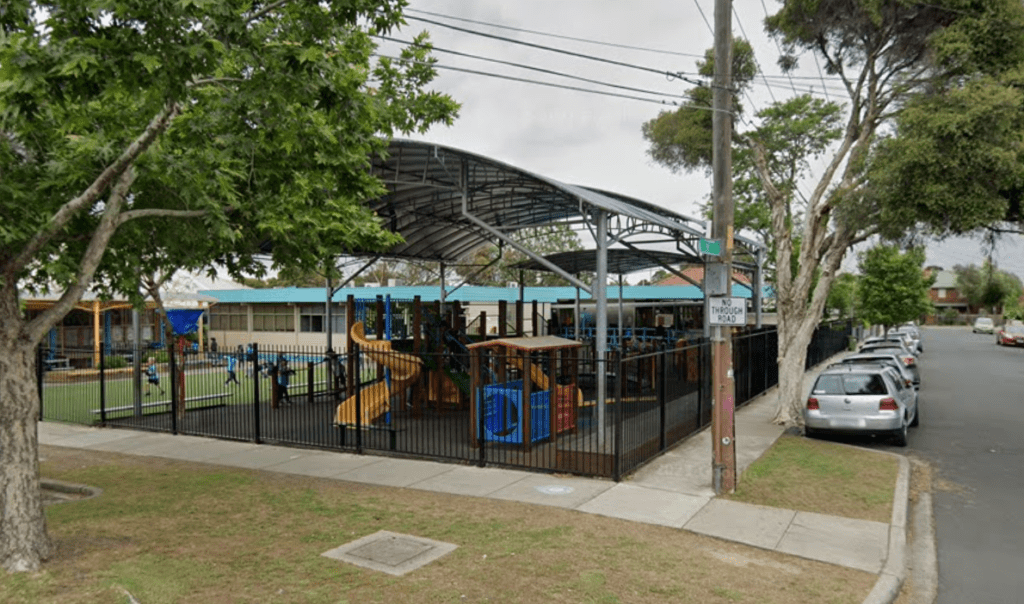
The bargain buyer feels pretty good about their efforts because they’ve saved a whopping $200,000 by negotiating hard for a property that had a few issues that other buyers couldn’t see past.
I created this chart, (and I credit Stuart Weymss from ProSolution for the concept of the ten year gradients) to illustrate how time and quality of the asset is far more important than the perceived savings that are shaved off the purchase price when an investor buys a bargain.
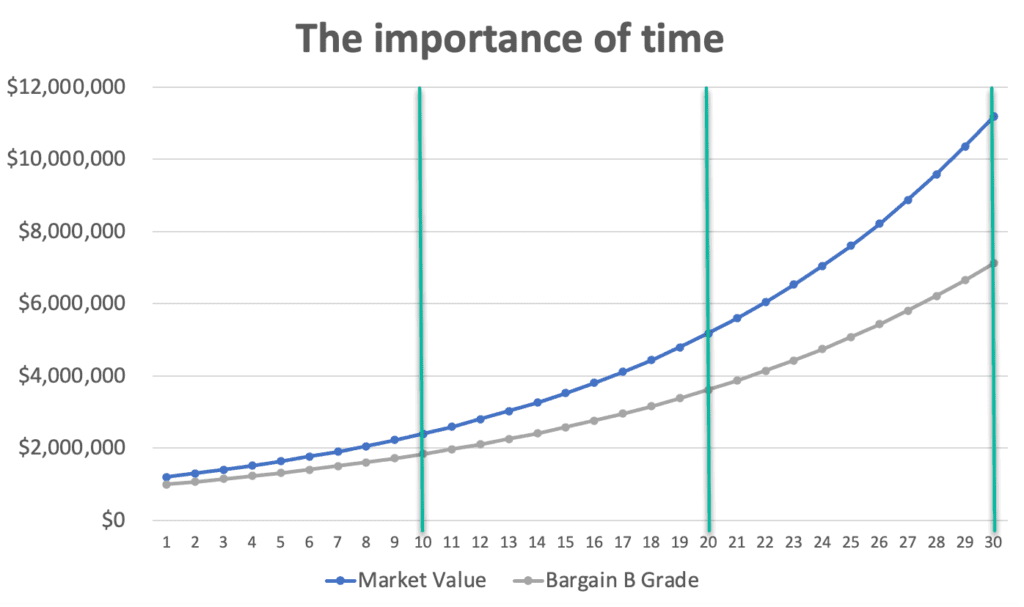
At the ten year mark, the A-grade property capital value is considerably higher than the initial $200,000 price point differential at the time of acquisition; it now sits at circa $560,000.
At the twenty year mark, compounding growth is really showing its power and the value differential is now over $1.5 million dollars. It’s hard to fathom, and I can just visualise the readers saying “ahh, but property can’t keep growing at the same rate”. If history has taught us anything though, property has performed reasonably consistently in our main markets.
And by year thirty, the capital value differential is an astounding $4 million dollars. Sadly, many people won’t sit patiently and hold an investment property for this long.
When we circle back to the time of purchase and think about those who really had to fight it out hard for their A-grade property, it’s the buyers who overpaid that may have felt anxious at the time. If we imagine the pressure a buyer faces when battling it out in a heated crowd during a seller’s market, it’s not unusual for the winning bidder to apply a 5% stretch in an effort to get the keys to the property.
Many can feel anxious at the concept of overpaying. Below I’ve zoomed in on the chart to show the data point of the over-paying, A-grade property buyer.
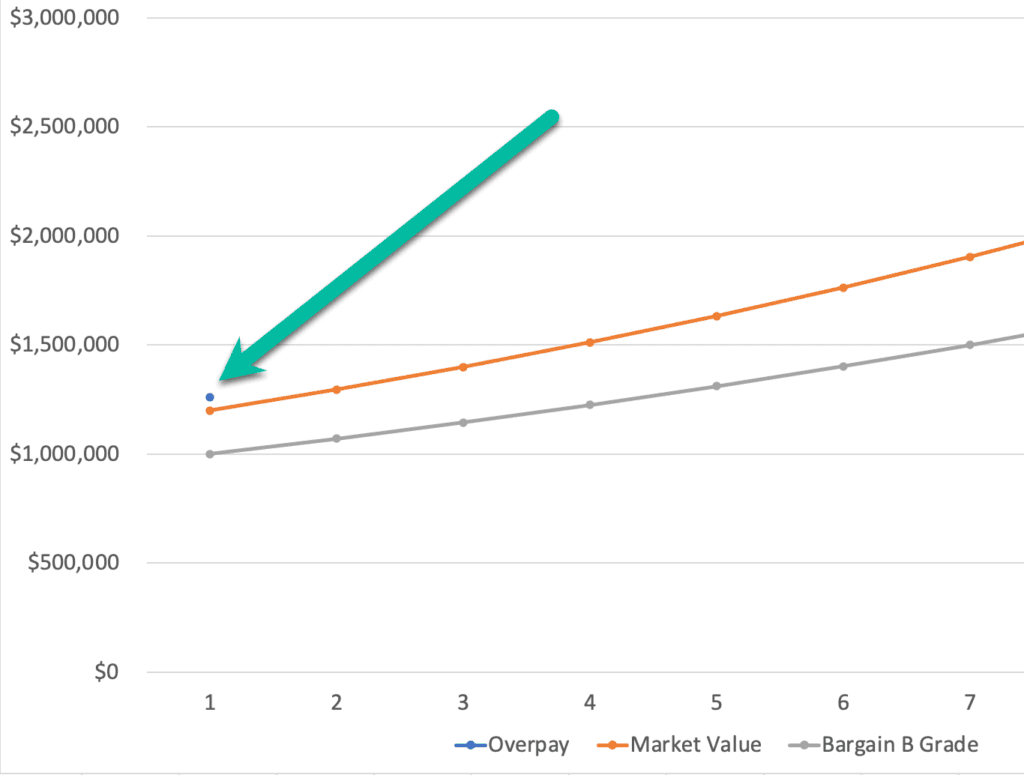
While it may feel like a tough hurdle to jump over on the day of the auction, time certainly takes away the angst of the $60,000 premium when we stand back and look at seven years of consistent capital growth performance.
Quality assets and time are two powerful ingredients for wealth creation.
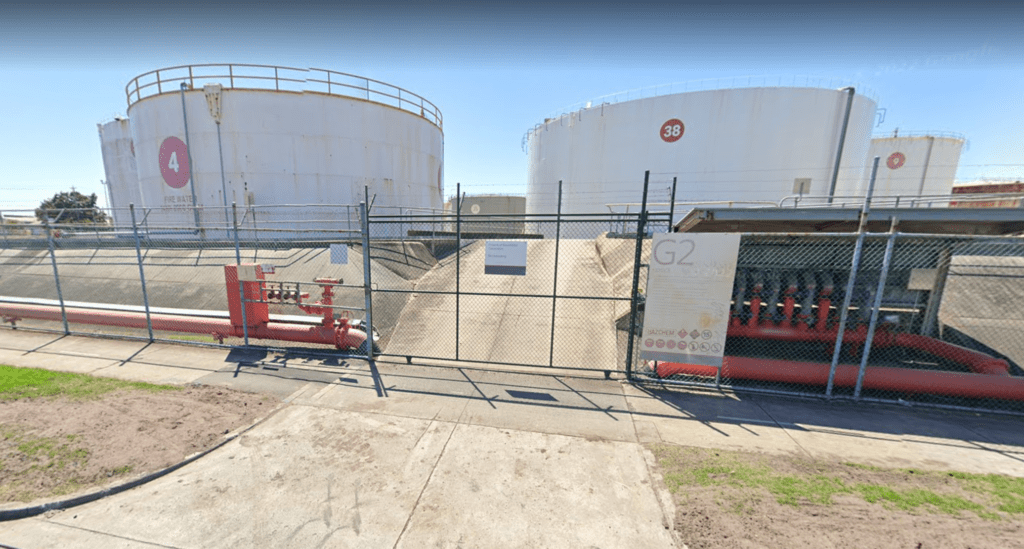
REGISTER TO OUR NEWSLETTER
INFORMATION
CONTACT US
1A/58 ANDERSON STREET,
YARRAVILLE VIC 3013
0422 638 362
03 7000 6026
CATE@CATEBAKOS.COM.AU
